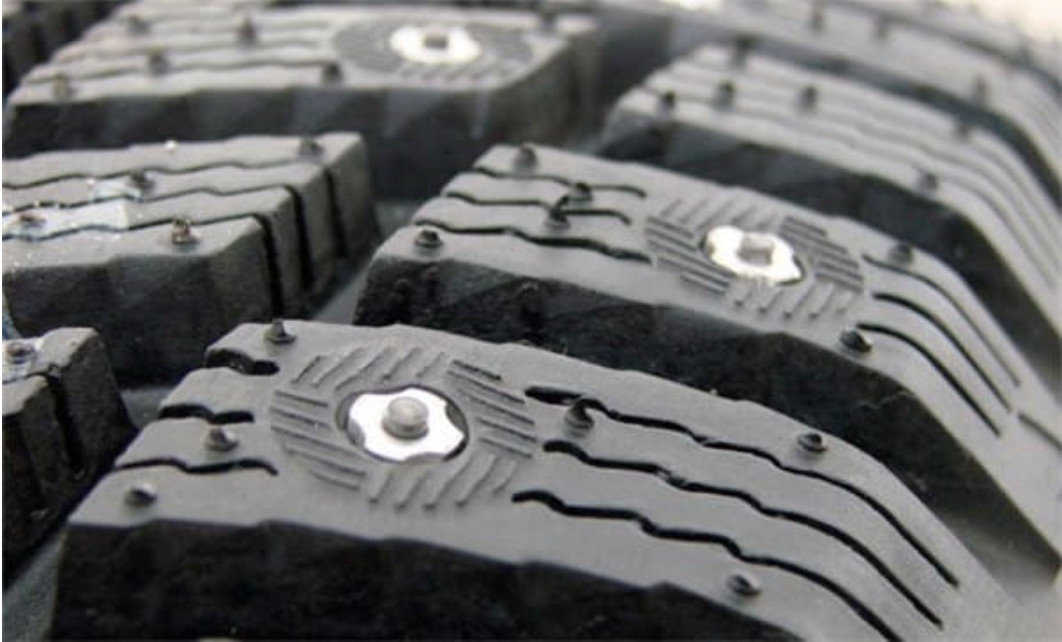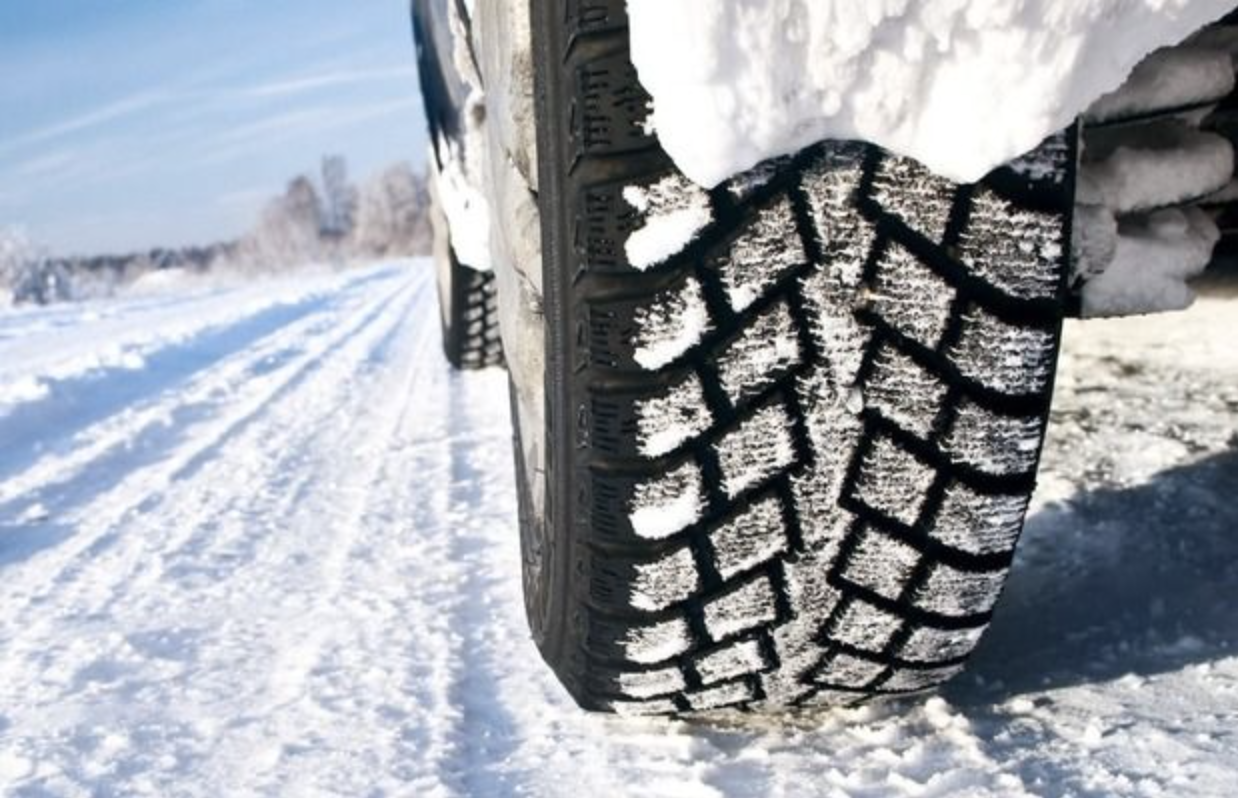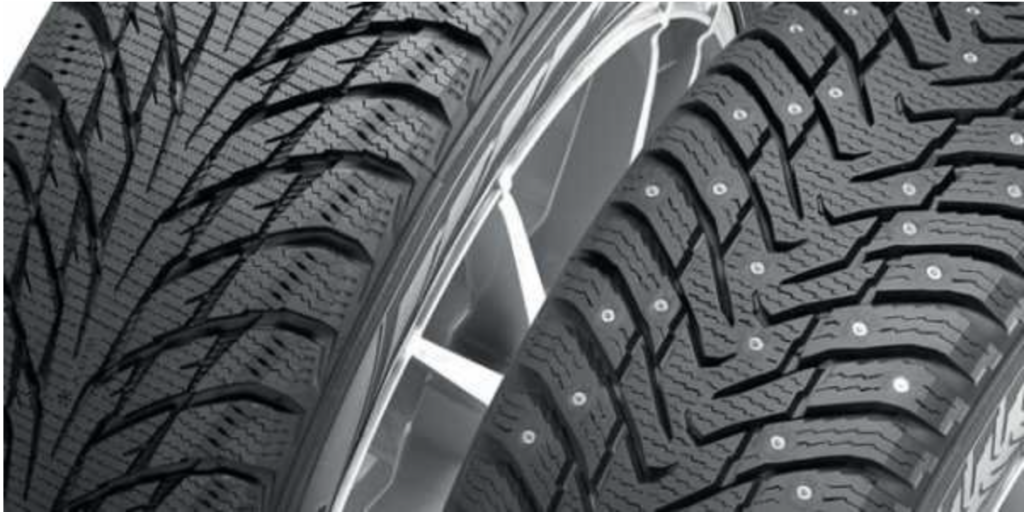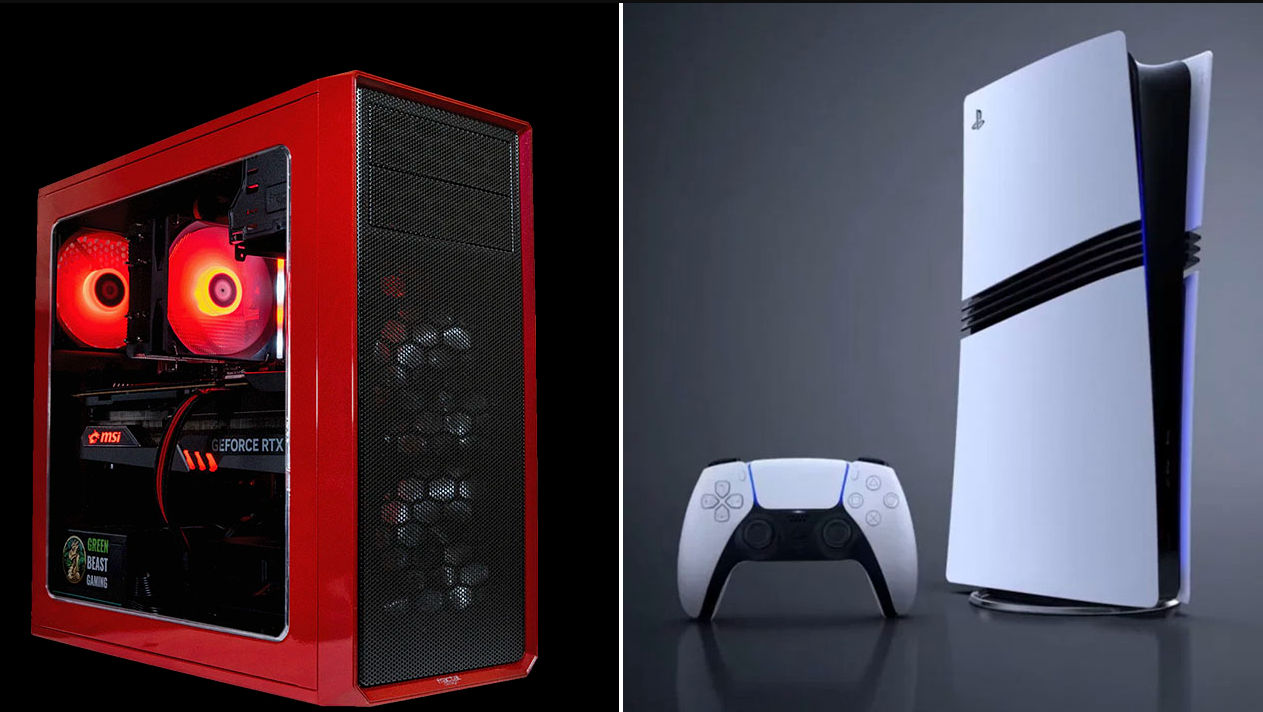The choice between studded and non-spiked tyres is a key decision for car owners in winter. This choice affects not only driving comfort and safety, but also the performance of the car. In this article, we will make a comparative analysis of these two types of winter tyres to help you make an informed choice.
Creating a comparison table between studded and non studded tyres with specific parameters, pros and cons can be useful to visualise the differences. Let’s look at the main characteristics of each type of tyre:
| Parameter/Characteristic | Studded rubber | Studded tyres |
| Grip on ice | Excellent (thanks to metal spikes) | Moderate (depends on rubber compound) |
| Grip on snow | It’s good | It’s great |
| Driving noise | High (because of the spikes) | Low |
| Road surface wear and tear | High | Low |
| Manageability | Improved on slippery surfaces | Good, but may decline on ice |
| Braking distance | Short on ice | Elongated on ice |
| Duration of operation | Less due to rapid stud wear | More |
| Restrictions on use | Yes (prohibited in some regions) | No |
| Price | Usually higher | Usually below |
Let’s do a more detailed comparison of studded and non studded rubber so you can better understand their differences and determine which type of rubber best suits your needs:
Studded Rubber

Benefits:
- Better traction on ice and snow-covered roads: Metal studs provide extra grip, making driving on ice and compacted snow safer.
- Confident steering in extreme winter conditions: Particularly useful in regions with severe winters where icy roads are a frequent occurrence.
- Short braking distances on ice: The studs increase friction, which shortens braking distances on slippery surfaces.
Disadvantages:
- Noise when driving on dry asphalt: The studs can create additional noise when in contact with the road.
- Rapid wear on dry asphalt: The studs can wear out quickly with frequent use on dry roads.
- Restrictions on use: The use of studded tyres is restricted or prohibited in some countries or regions.
Studded Rubber

Benefits:
- Quiet operation on dry and wet roads: The absence of studs makes for a quieter ride, especially on tarmac.
- Less wear on the road surface: Non-tyred tyres are less aggressive on the road surface.
- Longer service life on a variety of surfaces: Wear on non studded tyres is generally slower, especially when driving in dry weather conditions.
Disadvantages:
- Reduced traction on ice: Without studs, traction on ice and compacted snow may be worse.
- Longer braking distances on ice: The lack of studs can lead to longer braking distances on slippery roads.
- Possible deterioration of handling in extreme winter conditions: Particularly noticeable compared to studded tyres on icy roads.
General Recommendations
The choice between studded and non-spiked tyres depends on many factors:
- Climatic conditions: In harsh winter conditions with frequent icy conditions, studded tyres provide better traction.
- Road types: If you often drive on dry roads, non-treaded tyres will be preferred due to less noise and wear.
- Personal preference: It is important to consider your comfort and confidence behind the wheel when choosing the type of tyre.
List of popular brands for both studded and non-studded tyres
Studded Rubber
- Nokian Tyres: Particularly known for their winter tyres adapted to harsh weather conditions.
- Bridgestone: A Japanese company offering high quality studded tyres for a variety of conditions.
- Michelin: One of the leading tyre manufacturers in the world, offering reliable studded options.
- Continental: A German brand known for its innovative and durable studded tyres.
- Pirelli: This Italian brand offers a wide range of studded tyres of high quality.
Studded Rubber
- Goodyear: An American company producing high quality non studded tyres for the winter season.
- Hankook: South Korean manufacturer with a wide range of non-treaded tyres for the cold season.
- Yokohama: This Japanese brand is known for its innovation in the field of non studded winter tyres.
- Dunlop: Features a wide range of non-treaded tyres suitable for different conditions.
- Falken: This brand offers reliable non studded tyres that are well established in the market.
When choosing tyres, it is important to consider not only the brand but also the model that will suit your specific requirements and conditions. It is always advisable to consult professionals and read reviews to better understand which tyres will be the best choice for your car and driving style.
Conclusion
Ultimately, the choice between studded and non studded tyres depends on many factors including weather conditions, the types of roads you mainly drive on and personal driving preferences. The key is to understand that each type of tyre has its own advantages and limitations, and the choice should be made based on a comprehensive analysis of these factors.
Shop for new studded and non-studded tyres and get maximum benefits with reBITme. We wish you a successful purchase!





